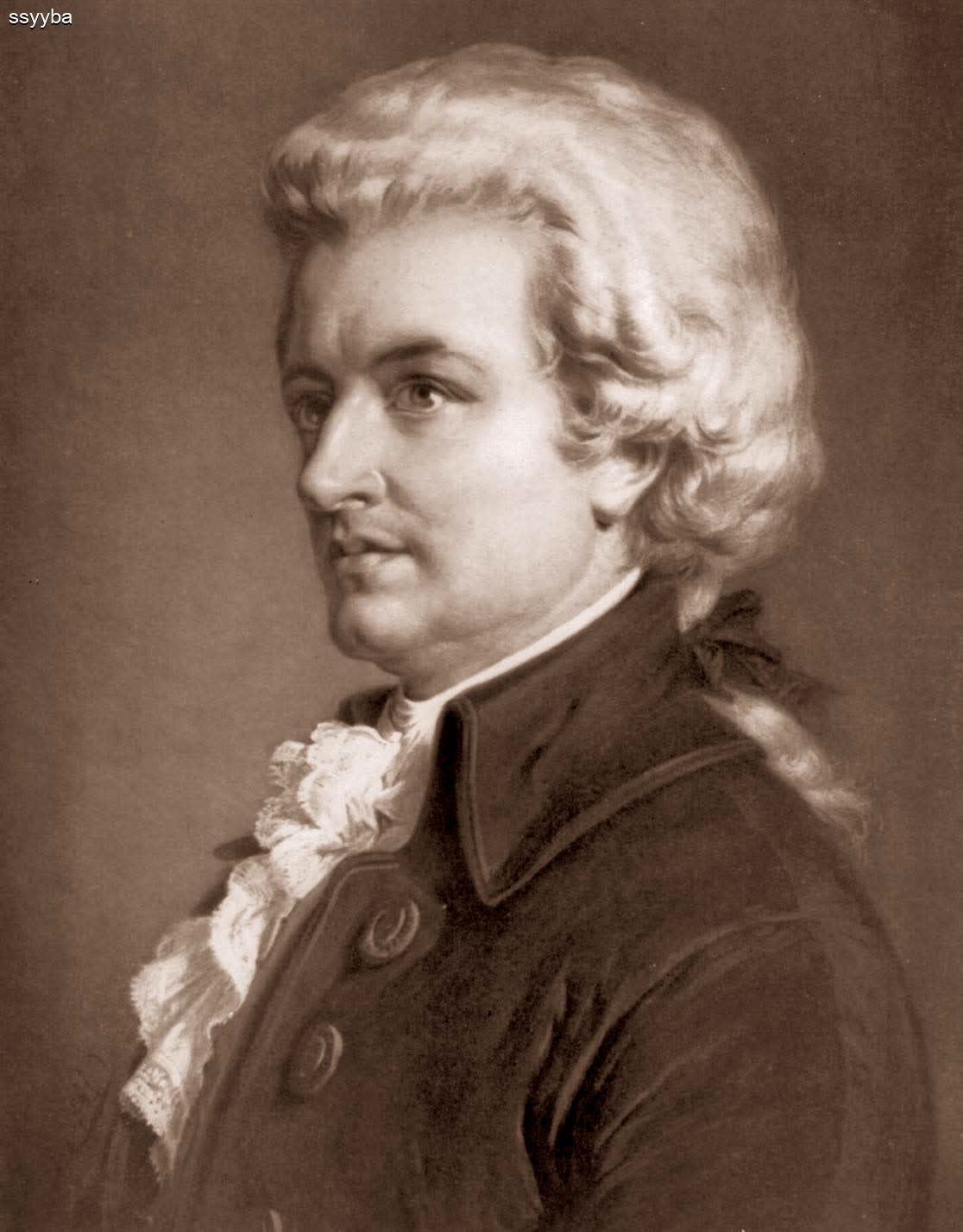Mozart Symphony NO 39

The Symphony in E-flat is unusual in several respects. It is the only symphony from Mozart’s adulthood that does not use oboes, which means that the clarinets are given unusual prominence. It also has a slow introduction, a common feature in symphonies of the day, but rare in Mozart. A slow introduction could be a grand entry, setting the mood for a grand allegro, or a moment of tonal darkness, raising uncertainty to be resolved when the Allegro begins. This slow introduction is both, beginning grandly and assertively, then almost dissipating in a few misty bars before the energetic Allegro makes a deceptively cautious entrance.
1st Movement
Both the ambling Andante con moto and the bounding, energetic Minuet are typical of Mozart’s mature symphonies. The middle section of the Minuet, with one clarinet playing a simple but unforgettable little tune over the other clarinet’s bubbly arpeggios, would be at home in any of the dances that Mozart was writing in his part-time job as Imperial court chamber composer.
2nd Movement
The scrambling finale is not at all typical of Mozart. Mozart’s finales are often remarkable for their sheer number of melodic ideas, but the finale of this Symphony relies essentially on a single theme, explored and worked over. Such monothematic construction was a favorite device of Haydn, whose spirit is also heard in the movement’s sense of mischief, never more apparent than at the very end, when the theme gets in the last word, refusing to let the Symphony end with conventional final chords.
3rd Movement
Orchestration: flute, 2 clarinets, 2 bassoons, 2 horns, 2 trumpets, timpani, and strings
4th Movement
Ssyyba
EUROPEAN-CLASSICAL-MUSIC
top-mozart-symphony